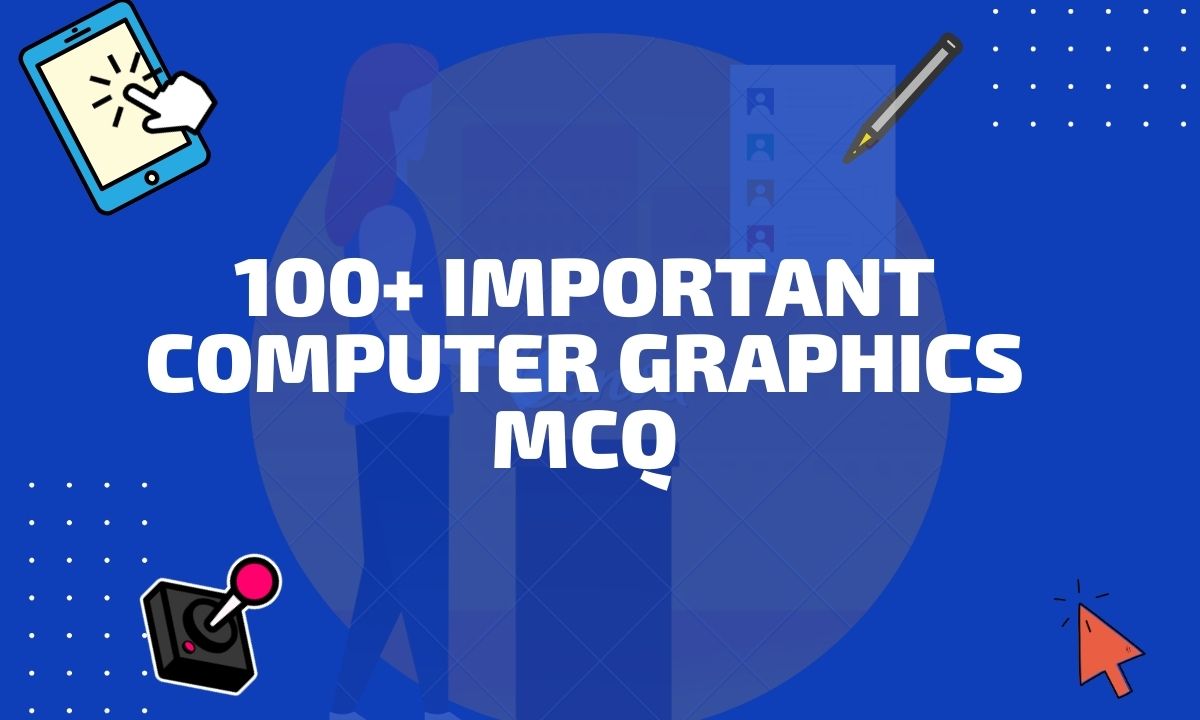The data structure can be defined as a Data structure that is a representation of the logical relationship between the individual elements of data. We will discuss today the types of data structure and ways to define it.

What is the meaning of Data Structure?
Before going to the data structure, we have must know about the data. Data is a raw fact and entity that is used in manipulation and calculation. Data may be single or a group of values. Whether it is single or a set of values it needs to be organized in a particular order and this organization of data leads to the structuring of data.
Definition of Data Structure
In other ways, the data structure is the way of organizing all data items that consider not only elements to store but also the relationship with each other. The data structure is the building block of programs. For selecting a particular data structure, we have to consider many things like, how many relationships it can handle with its elements, how much the data structure is simple so that data may be processed inefficiently way.
What are the uses of data structures in real life?
1. Organisation of data
The organization of data means the way of storing data in the memory to process the organized data to calculate the information. The organization of data may be different in different types of operations. What types of data are needed by the user to process the data is an important factor for the organization of data in storage? The organization of data may become an important factor to increase the efficiency of the operations because it directly affects the input that will pass to the processor for an output.
2. Accessing of data
The accessing method is the process to pop out of the data from the storage. The accessing method plays a vital role in an operation like a stack, queue, list, etc. The accessing method can also determine the efficiency of the data structure. For example, we need the recently deleted data on undo operation. The deleted data is stored on the memory for a limited time period until the next data replaces its place. They are stored in stack form so we can access the recently deleted data.
3. Degree of relationship
To be a data structure for each and every data in relation to each other. The degree of the relationship determines the fast-changing of one data when another operation is edited. For example, an arranged data in ascending order if we edit the smallest one too much larger then it must ultimately change their position to be in ascending order again. So, each and every data must relate to other data elements.
4. Processing Alternatives to information
A perfect data structure must be capable of processing the alternatives of information from the same data elements. If the data structure is capable to process many types of information from the same data elements then it will be very fast and ultimately become the complex type of data structure. For example, take data like, ACT if the letters change their position the other word can be found as a CAT.
“Smart data structures and dumb code works a lot better than the other way around.” ~ Eric S. Raymond
Types of data structure
1. Primitive data structure
They are the basic data structure and are directly operated by single machine instruction. The primitive data structure has different representations on different computers. For example, String is not primitive in C-Programming while it is primitive in java. These data structures are completely confined within the opcode fetch cycle. This means this data structure is very simple and can only do simple operations. Some fundamental primitive data structure is an integer, float, character, pointer, etc. They are considered very important because they are the building blocks of complex types of data structures that are used to solve complex types of operations.
2. Non–Primitive Data Structure
The non-primitive data structure is very highly developed in complex data structures. They are the collection of organization of primitive data structures. They may be homogenous or heterogeneous data items. The non-primitive data structure is also called ADT (Abstract Datatypes). The ADT data structure consists of a set of operations. They are insertion, deletion, searching, updating, etc. Each and every data structure consist of a primitive data structure within itself. So primitive data structure is the building block of the non-primitive data structure. The non-primitive data structure is also having two types.
i. Liner data structure
The linear data structure in which elements ate arranged in the linear order is called a linear data structure. In these methods, elements are stored in a non-hierarchical way where elements have successors and predecessors except the first and last elements. The first element of the linear data structure has its successor but the last element has its predecessors.
ii. Non-linear data structure
This data structure does not form a sequence i.e. each item or element is connected it two or more other items in a non-linear array element. The data element is not arranged in a sequential structure. They may be heterogeneous and homogenous in nature. An example of a nonlinear data structure is a tree, graphs, etc. In non-linear data structures, the hierarchical order is followed to arrange the data items. They have roots, children, nodes, degrees, etc.
Hope you got a better understanding of Data Structure now. If you have some quarries about Types of Data structure and Application of Data Structure then don’t forget to comment down.




2 thoughts on “Data Structure | Types, Uses”